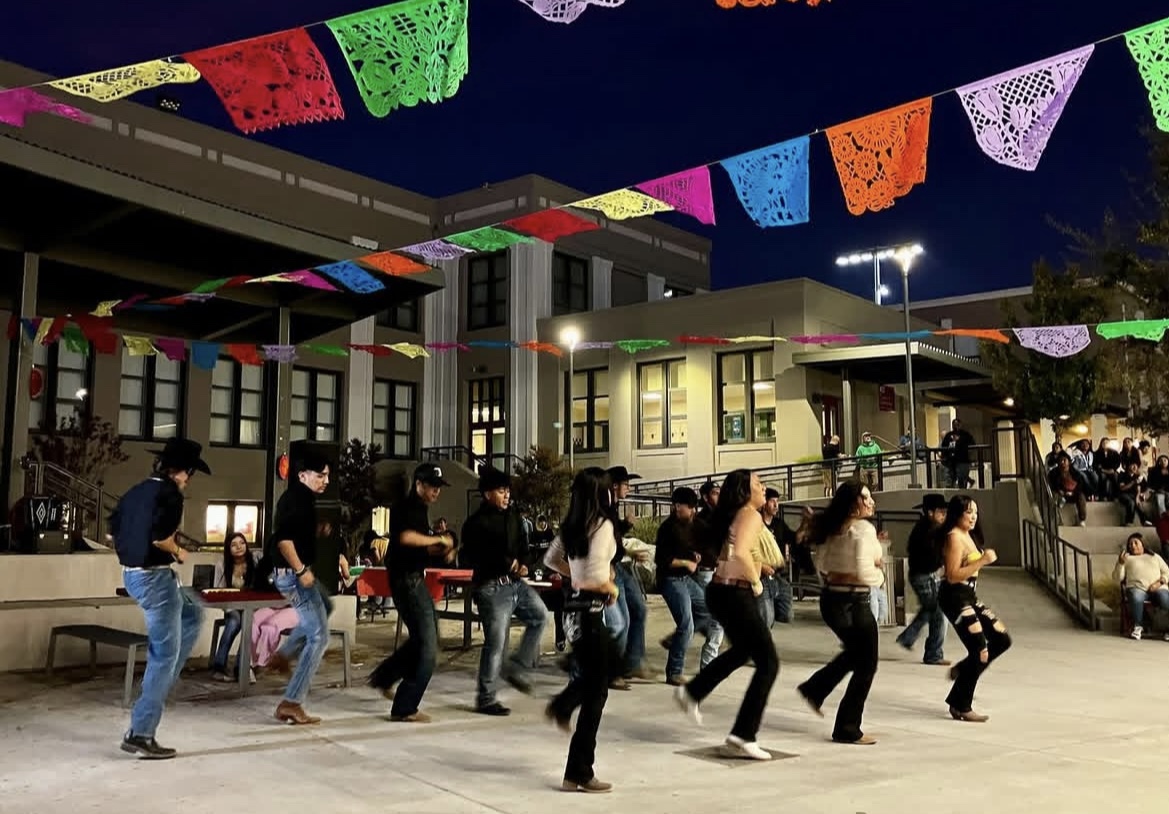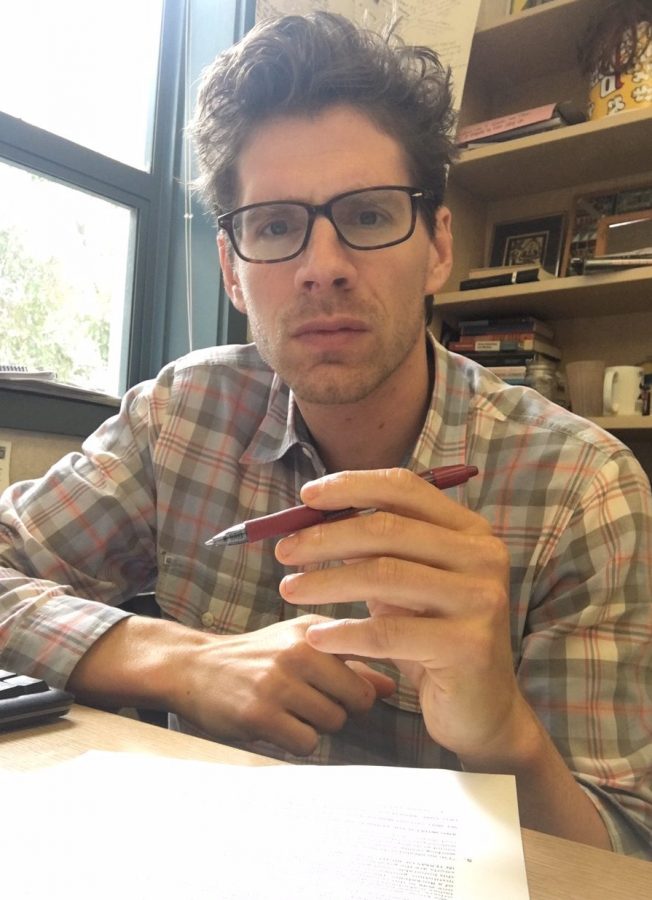In the new 2023-2024 school year, Principal Joe Dominguez, has introduced students to the “e-hallpass.” The e-hallpass is a structured site that students at San Rafael High School now must use to ask for permission to exit their classrooms. This site is monitored by SRHS administrators, who keep track of when students have left their classes, where they should be, and how long they are taking to return.
Many students don’t like the e-hallpass system, but teachers think otherwise, because they feel that they have gained a beneficial source to help them keep students focused on school and to keep them safe. Students are not used to the new policy. Some believe that the process to get out of class takes longer than it should because students must get approval from their teachers before exiting the classroom.
Gael Contreras, a junior student at SRHS, said, “I think it’s something that’s annoying for both the students and the teachers because we have to wait for approval via the teachers computer rather than vocally. Also, sometimes the teachers aren’t always at their computers so they don’t know whether a student has asked to go to the bathroom or anywhere else, and sometimes when it’s an emergency we just have to wait so it’s just irritating.”
“I don’t like the e-hallpass because I feel like they aren’t trusting the upperclassman to be responsible. I would understand if they made freshmen and sophomores do this since they are still adapting to a newer environment, but why us?” said senior Mike Lopez at SRHS.
“I don’t mind the e-hallpass because we have to wait on approval regardless[…] I just don’t like that teachers can just cancel your request to go to the bathroom and then you have to ask them vocally,” said senior Cynthia Espinoza at SRHS.
SRHS staff members seem to have a different perspective on the e-hallpass though. Mr. Dominguez, now entering his second year as principal, said, “ […] We decided to use an e-hallpass system because it helps us monitor schoolwide data and manage a population of 1400 students. So far, teachers are sharing that students are requesting fewer passes and being more thoughtful about their time out of class[…] If we believe a student is overusing passes to the extent it is impacting their overall academic performance, we will intervene in whatever means is helpful to their success.”
Along with his responses to the positive feedback the e-hallpass is hoping to bring, he also shared a poll that teachers anonymously took a vote on, regarding their opinion on this new system, in September 2023.
51.9% teachers wanted to keep it, which is half the teachers at SRHS. 43.2% of teachers said that it was too soon to tell, and they are still indecisive on how they feel about the e-hallpass, and 4.9% of teachers wanted to stop using it.

“It creates an orderly and private system for students to request to leave the class[…] It’s less disruptive than students raising their hands,” said SRHS history teacher Daniel Allen. However, he also mentioned a few inconveniences that he has with this system, which have to do with teachers needing to stay alert on their computers. He said, “It’s another window that I have to keep open and constantly monitor, and it also causes the computer to slow down when the internet is lagging.”
Another teacher seemed to also be responding well to this new system. She thinks the e-hallpass has been contributing to how students use their time and believes it’s something that will positively affect future students. “[…] I feel that with this technology we will really be able to look at various data points and will be able to adjust or change policies due to trends we see in order to create a better learning environment for our students. Also it is creating a school culture shift since we all are using the same method for hall passes,” said Natalie Fortune, a math teacher at SRHS.
“There seems to already be changes in the way that students spend their time because of how the e-hallpass limits their usage of outside activities.” There are far fewer students walking the hallways during class time based on my informal observations” said Casey Shannon, vice principal for students in 9th and 11th grade.
In the article, “Nebraska schools move to electronic hall passes; some raise concerns over technology,” by Jessica Votipka, it explains how the usage of an electronic pass has helped staff members be aware if students are getting to the location they are supposed to be at as well. Assistant principal, Tyler Swarm, at Kearly High School, using the same system for hall passes and tardies said, “With the paper pass system, a kid could get a pass to go to the nurse, go to the counseling office, but they didn’t ever have to arrive there because the counseling office and nurse didn’t know that they were expecting them to come[…]Now … we see a pass that has not arrived, the teacher sees it on their dashboard”.
But in the article, “ School apps track students from classroom to bathroom, and parents are struggling to keep up, ” by Heather Kelly, there is worry from students that the e-hallpass might be interfering with their privacy. “‘I just think it’s a violation of our privacy, and I don’t think it’s something that needs to be in place. I would understand if it was something for specific people or even underclassmen,’” said 17 year old Chase, who is attending Heritage High School in Loudoun County, Virginia.
There is clear controversy over this topic coming from students and administrators. San Rafael High School, and the other high schools mentioned, all have the same goal and similar reasons of using an e-hallpass but a variety of students don’t feel understood by their school. Some feel like it’s a lack of trust and more rules they have to adapt to. It is just a matter of time to see how far the e-hallpass will reach and if concern for students rise because of it.







































